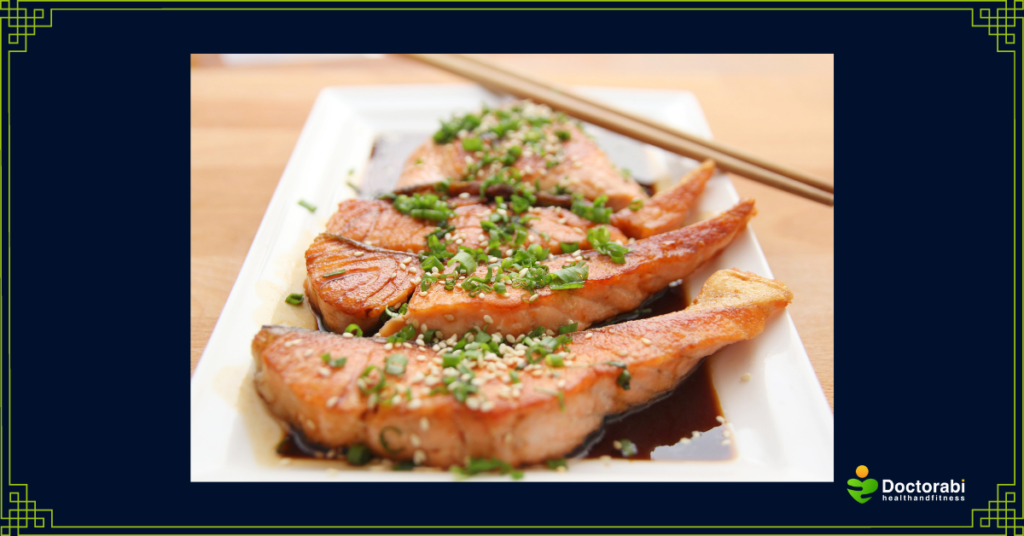If you are in the beginning stages and wondering if you should be on a diet, please read “Which Diet, if any, is Best for You”? If you are further along and are convinced that you should be on a diet but wondering if intermittent fasting is right for you, please check out “14 “Plus” Reasons to Consider Intermittent Fasting.”
First, let’s clarify this! Committing to a healthy lifestyle is a process. It will not happen in one day. The most difficult part is to start. Secondly, you will experience days when you feel like quitting, as with everything else in life. But that does not make you a quitter. It makes you a human being. Go easy on yourself. After all, there is more to life than food or diet.
Finally, you may even be reading this at a time when you have “fallen off the wagon.” And that is okay. It is part of life. The good news is, every day is an opportunity to start over. So, forget past failures and start over. And this applies to every aspect of your life, not just diet and exercise.
Have you decided to try intermittent fasting? If so, congratulations on taking a bold step towards a healthier you. Are you confused about all the different methods of intermittent fasting and wondering how to get started? Look no further. This article will provide you with more information and guide you on where and how to start intermittent fasting.

What happens during intermittent fasting?
When the body is in a fasted state, usually after 12 hours of fasting, the glucose from the last meal consumed is already depleted. The liver glycogen stores are also depleted. As a result, the body switches over to using other energy sources, including fat. This switch to fat as a source of energy is referred to as metabolic switching.
In the final phase of the fast, there is a switch from fat storage to fat mobilization. Your body no longer wants to store fat but would rather release fat to be used as energy.
How many hours do you go without eating?
The coolest thing about intermittent fasting is that there are several different routes to get to your destination. Furthermore, because your body can get accustomed to your eating schedule, you may experience a halt in your results after a while. In that case, switching to a different intermittent fasting schedule can be helpful. It can get you over that plateau, and you will start to see results again.

A Review of Various Eating Schedules
| Eating Schedule | Example | Modifications | Additional Notes | |
| 16:8 | 16 hours of eating and 8 hours of fasting. | Skip breakfast. Eat from 12 pm to 8 pm. | Reduce the eating period to 6 hours, e.g., stop eating at 6 pm. | Most common. |
| 5:2 | 5 days of regular eating and 2 days of very low-calorie eating. | Monday to Friday – Eat regularly. Saturday & Sunday – eat very low calories. | Women – eat 500 calories daily on low-calorie days (men – 600). | Also popular. Relatively easy to stick to. |
| Eat-Stop-Eat | Eat on some days and skip eating altogether on others. | Fast on Monday and Thursday. Then eat regularly the other days of the week. | 2 days of fasting per week is most common, but you can fast for 1, 2, or 3 days per week. | You will still eat something on each calendar day of the week. E.g., Eat just before 9 am on Monday, fast for 24 hours, then eat at 9 am on Tuesday. |
| Alternate Day Fasting | Eat one day and fast the next day. | Eat – Monday, Wednesday, Friday, Sunday, Tuesday, Thursday, etc. | To maintain a regular eating schedule on fixed days, you can have 2 back-to-back eating or fasting days. | Quite extreme. It may be unsuitable for beginners or those with certain medical conditions. It may be difficult to maintain long-term. |
| One Meal a Day | Eat one meal a day. | Eat just one meal, often dinner, every day. | Have a one-hour eating window each day. | Has many fans. Causes rapid weight loss. |
| The Warrior Diet | Eat a few servings of raw fruit and vegetables during a 20-hour fasting window. Then eat one large meal at night. The eating window is usually only around 4 hours. | Eat one large meal at dinner, from 6 pm to 10 pm. Eat few servings of raw fruit and vegetables for breakfast and lunch. | Consume plenty of vegetables, proteins, healthful fats, and carbohydrates at night, during the 4-hour eating window. | May be difficult to eat a large meal so close to bedtime. Risk of not consuming enough nutrients, such as fiber. |
| Your Own Schedule | Your very own eating schedule. | You can combine one or more of the other eating schedules. | Jack Dorsey, CEO of Twitter & Square’s schedule – Eats one meal a day from Sunday night until Thursday night. Nothing on Friday or Saturday? | You are unlikely to go wrong. |
Which is the best Schedule?
The best schedule is the one that suits you and your lifestyle and the one you can consistently follow. Give each one a try until you find THE ONE. Better still, create your own PERFECT ONE! What do you think about Jack Dorsey’s schedule above? It’s definitely too extreme for me, and I doubt that most people can commit to this long-term. Not that it is any of my business since I don’t have any Twitter or Square shares, but I was relieved when @Jack clarified that he eats seven meals a week (just dinner).

Getting Started
If you have read this far, you are most likely in the preparation stage of behavioral change. Therefore, these “getting started” tips will help start you on the journey to a healthier you.
1) 16:8 is the best place to start unless you find one of the other options highly appealing. This plan is easy for most people because many people already eat little to no breakfast.
2) Start with an easy goal. You don’t have to commit to eating this way for the rest of your life. Instead, you can start by committing to intermittent fasting one week at a time. Thereafter, you can increase the length of your commitment. After three to four weeks, you should know if intermittent fasting is for you.
3) Feel free to choose the continuous 8-hour eating period that works best for you.
4) Get rid of most, if not all, junk food in your house.
5) During your eating window, eat healthy foods first, including fruits, vegetables, healthy protein, healthy fats, and whole grains.
6) Try to avoid sugar and refined grains.
7) Have a plan for hunger during your fasting window. This means finding ways to distract yourself when hunger strikes. For example, you can read a book, go for a walk, check out social media, or call a friend.
8) Exercise. Exercise helps to control appetite and will make it easier to stick to the fasting plan. Studies show that long bouts of aerobic exercise can suppress the appetite and reduce hunger. And it does not have to be intense exercise. You could take a walk. Or ride your bike. Strength training, combined with aerobic exercise, is vital if you want to burn mostly body fat while increasing lean muscle.

Tips for Success
1) Eat fewer calories. Don’t consume excess calories during your eating window. Intermittent fasting helps you to lose weight by consuming fewer calories overall. Therefore, if you eat the same amount of food you would eat the whole day during your eating window, you will not see any results.
2) Drink lots of water. Try to drink water or other calorie-free beverage every few hours.
3) Plan to eat a delicious meal after your fast, as a reward. As a matter of fact, having something to look forward to after your fast can serve as motivation.
4) Eat foods that will make you feel full more quickly, such as eggs and oatmeal. Most importantly, include foods that are high in protein and fiber.
5) Find something to do and keep yourself busy during your fasting period, so you are not constantly thinking about food.
6) Stick to the same fasting schedule. Start and end your fasting periods at the same time. Furthermore, avoid moving your eating window around each day.
7) Eat slowly and intentionally. Take smaller bites and chew your food slowly and thoroughly.
8) Do your research on intermittent fasting and don’t rely fully on advice from your non-dietitian friends and family members.
Final Notes
In conclusion, intermittent fasting is a proven way to maintain a healthy weight and reduce diseases. The most crucial step is to get started. Avoid the need for perfection. Instead, be consistent with your meal schedule. The change you desire will not happen overnight. Therefore, be patient and do your best to enjoy the process.
Yours in health and fitness,
Doctor Abi.

